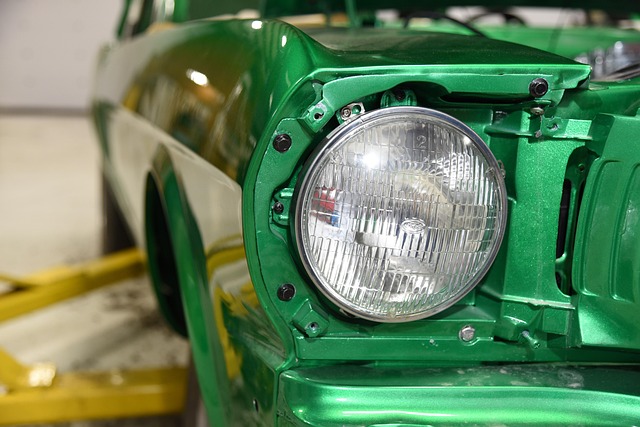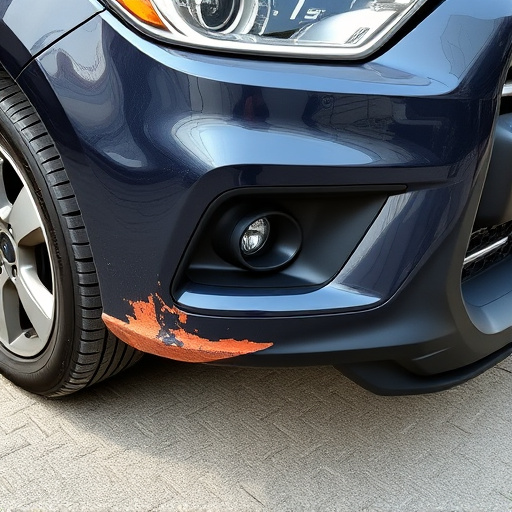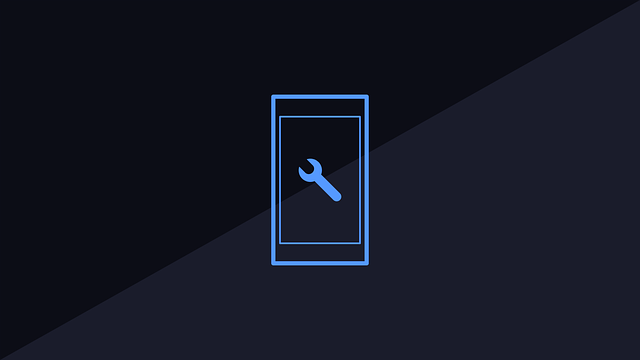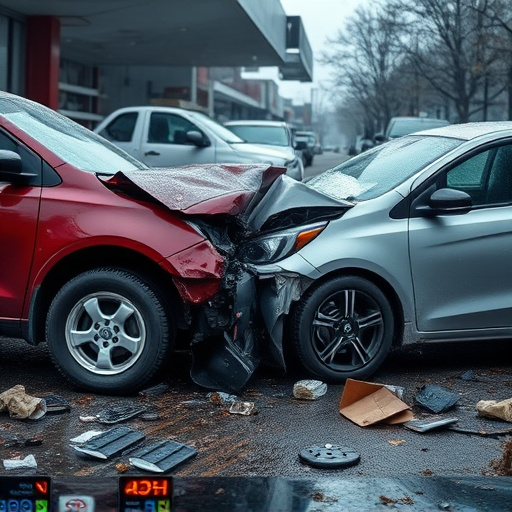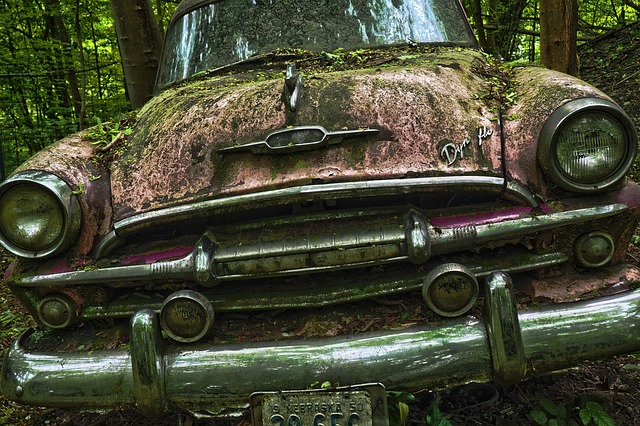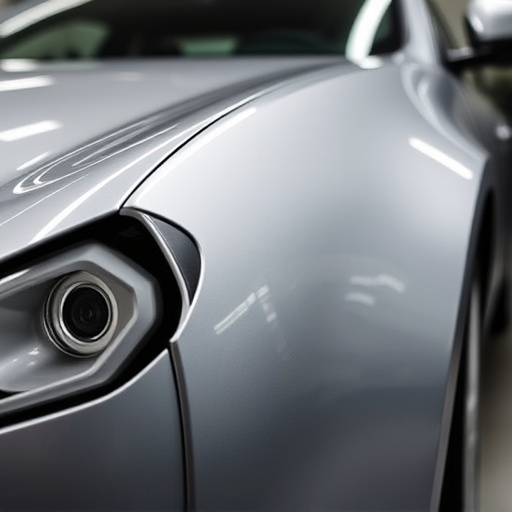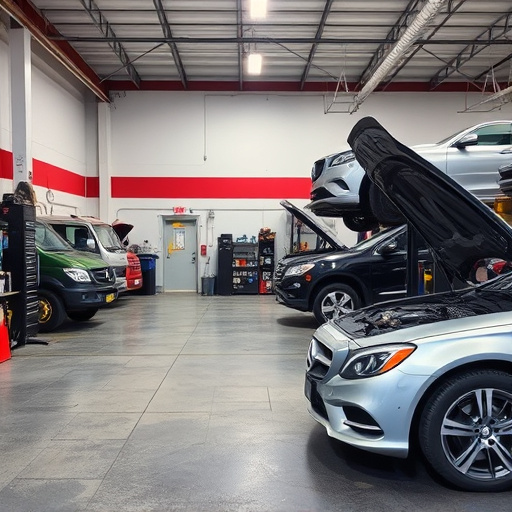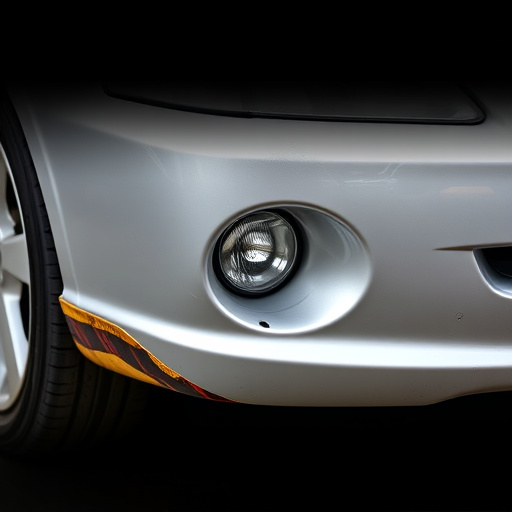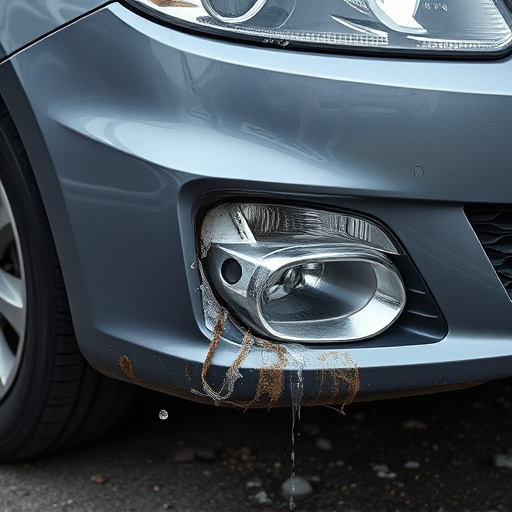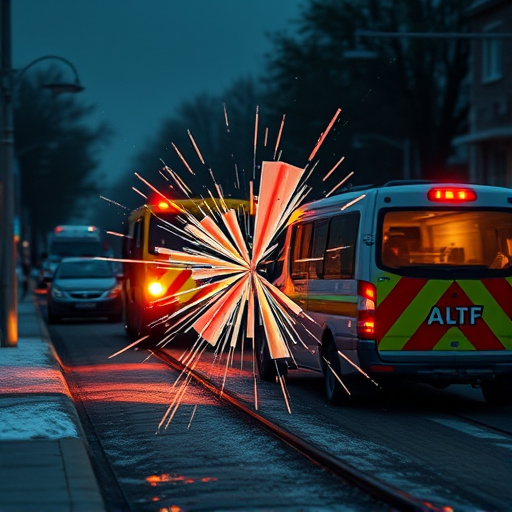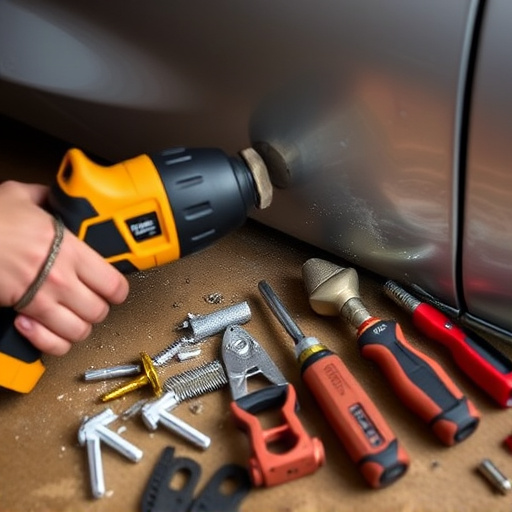Full-size truck collision repair requires a detailed process led by skilled technicians assessing exterior and interior damage using specialized tools according to industry standards. Optimal repairs involve investing in advanced tools for dent removal, alignment, paint repair, and color matching, ensuring high-quality work and setting apart the repair shop. The multi-step approach includes comprehensive inspections, precise measurements, tailored repair techniques (e.g., PDR), and use of specialized equipment for complex damages.
Full-size truck collision repair is a specialized art that demands precision, expertise, and the right tools. This comprehensive guide provides an in-depth look at navigating the complexities of repairing large vehicles. From assessing extensive damage to implementing efficient step-by-step processes, learn how to deliver top-notch results. Discover essential tools and equipment tailored for maximum effectiveness, ensuring your shop meets the unique needs of full-size truck collision repair.
- Assessing Full-Size Truck Collision Damage
- Choosing the Right Tools and Equipment
- Step-by-Step Repair Process for Maximum Efficiency
Assessing Full-Size Truck Collision Damage
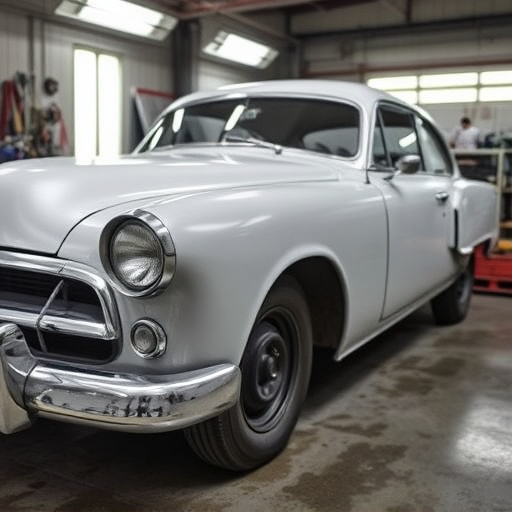
Assessing full-size truck collision damage is a meticulous process that requires skilled technicians to identify every affected component accurately. Start by examining the exterior for dents, dings, and crumple zones, as these areas often provide clues about the impact’s severity. Use specialized tools to measure and mark the damage, ensuring each measurement aligns with industry standards for full-size truck collision repair.
Once the exterior is scrutinized, move indoors to inspect the vehicle’s interior and mechanical systems. Check for frame misalignment, damaged suspension components, and compromised structural integrity. Compare these findings against the extent of visible external harm to gain a comprehensive understanding of the collision’s overall impact on the full-size truck. This thorough assessment lays the groundwork for implementing appropriate car body repair techniques and ensuring the vehicle’s safety and functionality during restoration.
Choosing the Right Tools and Equipment
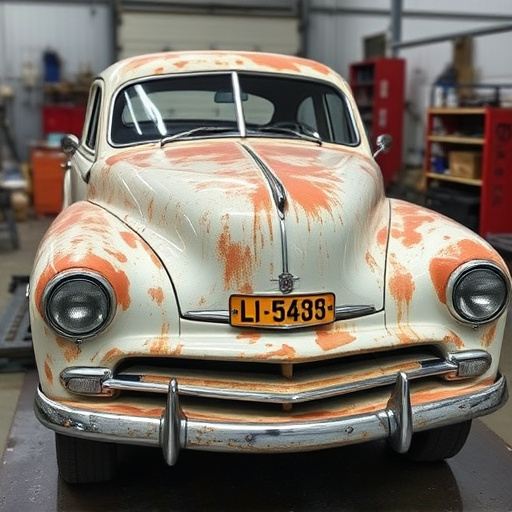
When setting up a full-size truck collision repair shop, investing in the right tools and equipment is paramount to delivering high-quality vehicle body repair and car paint repair services. You’ll need specialized tools tailored for the unique aspects of truck collisions, such as robust extraction tools for removing dents and damaged panels, along with precise measuring devices to ensure accurate alignment after repairs.
Additionally, consider advanced spray guns and car paint mixing systems for efficient and consistent car paint repair. Modern technology in collision repair equipment can significantly enhance productivity and the overall quality of your collision repair services.
Step-by-Step Repair Process for Maximum Efficiency
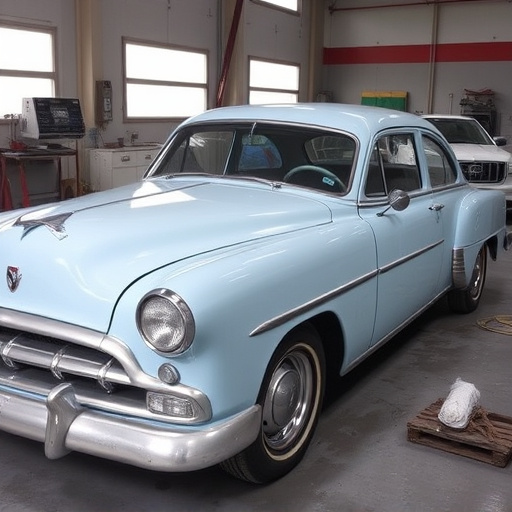
The full-size truck collision repair process involves several meticulous steps designed to maximize efficiency and restore vehicles to their pre-accident condition. It begins with a thorough inspection to identify damage, which can range from dents and scratches to more severe structural issues. After the assessment, the team at your shop uses advanced tools for precise measurements and damage documentation, ensuring accuracy throughout the repair.
The heart of the process lies in selecting the right techniques tailored to each unique case. This might include traditional methods or innovative solutions like paintless dent repair (PDR) for minor dents and scratches. For more complex damages, automotive repair experts step in, utilizing specialized equipment and high-quality materials to conduct structural repairs and accurately match colors during the repainting process.
Applying full-size truck collision repair in your shop involves a meticulous process from damage assessment to efficient repair. By choosing the right tools and equipment, and following a step-by-step approach, you can achieve optimal results. Incorporating these strategies into your workflow ensures your shop is equipped to handle complex full-size truck collision repairs, enhancing customer satisfaction and maintaining high standards in your services.
